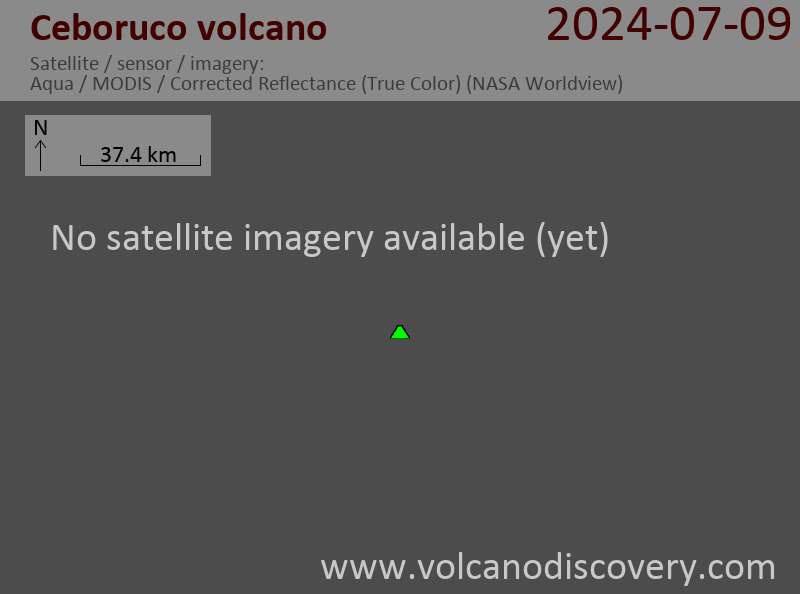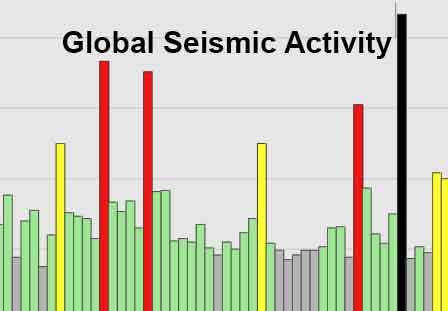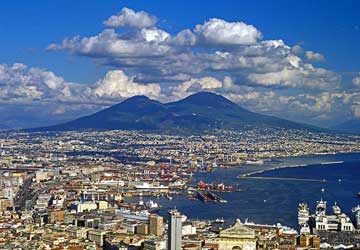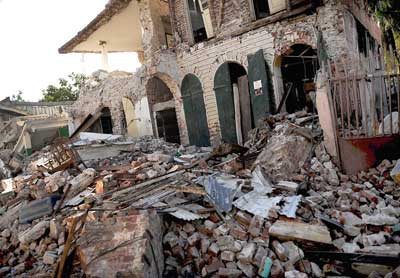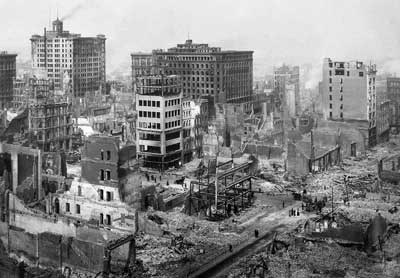Ceboruco Volcano
Western Mexico, 21.13°N / -104.51°W
Current status: normal or dormant (1 out of 5)
Volcán Ceboruco is the only historically active volcano in the NW part of the Mexican Volcanic Belt. It is located near the triple junction between the North American, Cocos and Pacific tectonic plates.
Ceboruco is a complex stratovolcano that rises 1100 m above the flat floor of the NW-SE trending Tepic graben. It is composed primarily of trachydacite to trachyandesite lava flows alternating with tephra deposits, reflecting a complex history of constructive (effusive) and destructive (explosive) phases. It contains about 15 basaltic and andesitic cinder cones and lava flows that erupted along a NW-SE-trending line.
Ceboruco has 2 concentric summit calderas, the outer of which is 4 km in diameter and formed during the major rhyodacitic Jala Pumice eruption about 1000 years ago, which was the largest explosive eruption in Mexico during the past 10,000 years.
The last eruption of Ceboruco took place during 1870-75. Explosive eruptions occurred from a vent on the upper west flank and were followed by the extrusion of a 1.1 cu km dacitic lava flow that covers a large area on the lower western flank.
Ceboruco volcano eruptions: 1870-1875, 1567, 1542
Latest nearby earthquakes
| Time | Mag. / Depth | Distance / Location | |||
Background
Geologic historyThe evolution of Ceboruco volcano can roughly be divided into 3 phases:
1) Formation of the old stratovolcano (prior to 930 AD ±200 y.ago)
A conical andesitic stratovolcano was built over time and had reached about 2700 m height, about 500 m higher than at present. The prominent Destiladero flow belongs to this period.
This phase ends with the major Jala eruption about 1000 years ago. It destroyed the central and upper part of the volcano and left a 4 km wide Jala caldera.
2) Formation of an intra-caldera dacitic lava dome (around 930 - 1100 AD)
The volcano remained in a state of heightened activity after the plinian Jala eruption. A large dacitic lava dome (called the Dos Equis dome) grew inside the caldera, reaching about 1.7 km diameter and 280 m height, and a volume of approx. 1.3 km3. The lava dome collapsed during the so-called Coapales eruption around 1100 AD, and left a second 1.5 km wide caldera.
3) Andesitic lava domes and lava flows from flank eruptions (1100 AD- present)
After the collapse of the Dos Equis lava dome, eruptions were predominantly from fissure vents on the flanks and the volcano produced again andesitic lava flows. This phase includes the historic activity of Ceboruco. It includes the massive El Norte lava flow, a sparsely vegetated flow that blankets the entire northern flank of the volcano.
Sources:
- Smithsonian / GVP volcano information
- Nelson SA (1980) "Geology and petrology of Volcán Ceboruco, Nayarit, Mexico" Bull Geol Soc Am, v. 91, pp. 2290-2431
- Sieron, K.; Siebe, C. (2008) "Revised stratigraphy and eruption rates of Ceboruco stratovolcano and surrounding monogenetic vents (Nayarit, Mexico) from historical documents and new radiocarbon dates", Journal of Volcanology and Geothermal Research, v176, pp. 241-264
Eruptions of Ceboruco volcano
The last historic eruption of Ceboruco volcano began on 23 February 1870 from a vent on the upper SW flank. The eruption was fairly large (VEI3) and both explosive and effusive, producing a major lava flow reaching 7.7 km length. ...more info





